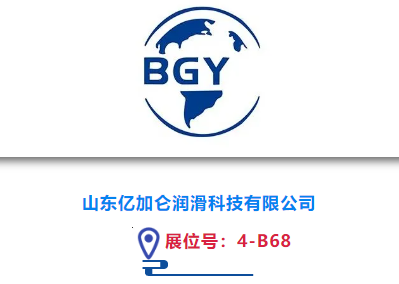Experts attending the 2016 Gustav Lorentzen conference this week were optimistic that China’s HCFC phase-out plan will trigger wider uptake of natural refrigerants across the Asian powerhouse.
Under the Montreal Protocol, China has agreed to completely eliminate the production and consumption of HCFCs by 2030. “China is now on the road to phasing out HCFCs,” said Professor Guangming Chen of the Ningbo Institute of Technology at Zhejiang University.
As the world’s biggest producer and consumer of refrigerants, China’s efforts to reduce HCFC consumption will have a major global impact. “38% of world refrigerant demand comes from China. 65% of the world’s total refrigerant production capacity is in China too,” Chen told participants in the 12th IIR Gustav Lorentzen Natural Working Fluids Conference, held in Edinburgh from 21-24 August 2016.
“We are increasing our use of natural refrigerants. China is under pressure to phase out HCFC refrigerants,” said Chen. “By 2020, the average GWP of refrigerants used in the industrial and commercial sectors will be 300,” he argued. The professor admitted, however, that China’s status as the world’s biggest producer and consumer of refrigerants poses “great challenges” in charting a more sustainable course.
Some conference participants expressed hope that China’s HCFC phase-out may trigger wider use of natural refrigerants in the room air-conditioning, heat pump, commercial and industrial refrigeration sectors. For natrefs to thrive, however, they called on China to revise national standards regulating the extent to which they can be used in specific refrigeration and air conditioning applications.
Overcoming standards barrier
“The main barrier to uptake of R290 for room air conditioners in China is national standards. Companies stand ready to promote R290 for room air conditioning once new standards have been adopted,” said Professor Chen.
The signs are encouraging. Last February, Zhong Zhifeng from China’s Foreign Economic Cooperation Office (FECO) suggested in an exclusive interview with R744.com that natural refrigerants will feature strongly in an upcoming catalogue of recommended substitutes for HCFCs. On 8-9 September in Beijing, 'The First Catalogue of Recommended Substitutes for HCFCs' is expected to be officially issued by the Ministry of Environmental Protection.
A draft published in June 2015 listed 12 substitutes for HCFC refrigerants, foaming agents and detergents – 10 of which are natural fluids including CO2, ammonia, hydrocarbons and water. Industry is not obliged to make the switch, yet the publication of the list is likely to be followed by policy developments that further promote natural refrigerants.
“It’s interesting to see how things are moving in China. It gives the rest of us hope, because China is such a big supplier of the world’s refrigerants,” Alexander Cohr Pachi of Johnson Controls told Wednesday’s Edinburgh audience.
The Gustav Lorentzen conference brought together HVAC&R industry experts, academics, students and other interested parties to discuss the latest technological and policy developments driving wider uptake of natural refrigerants such as hydrocarbons, CO2 and ammonia worldwide.






















